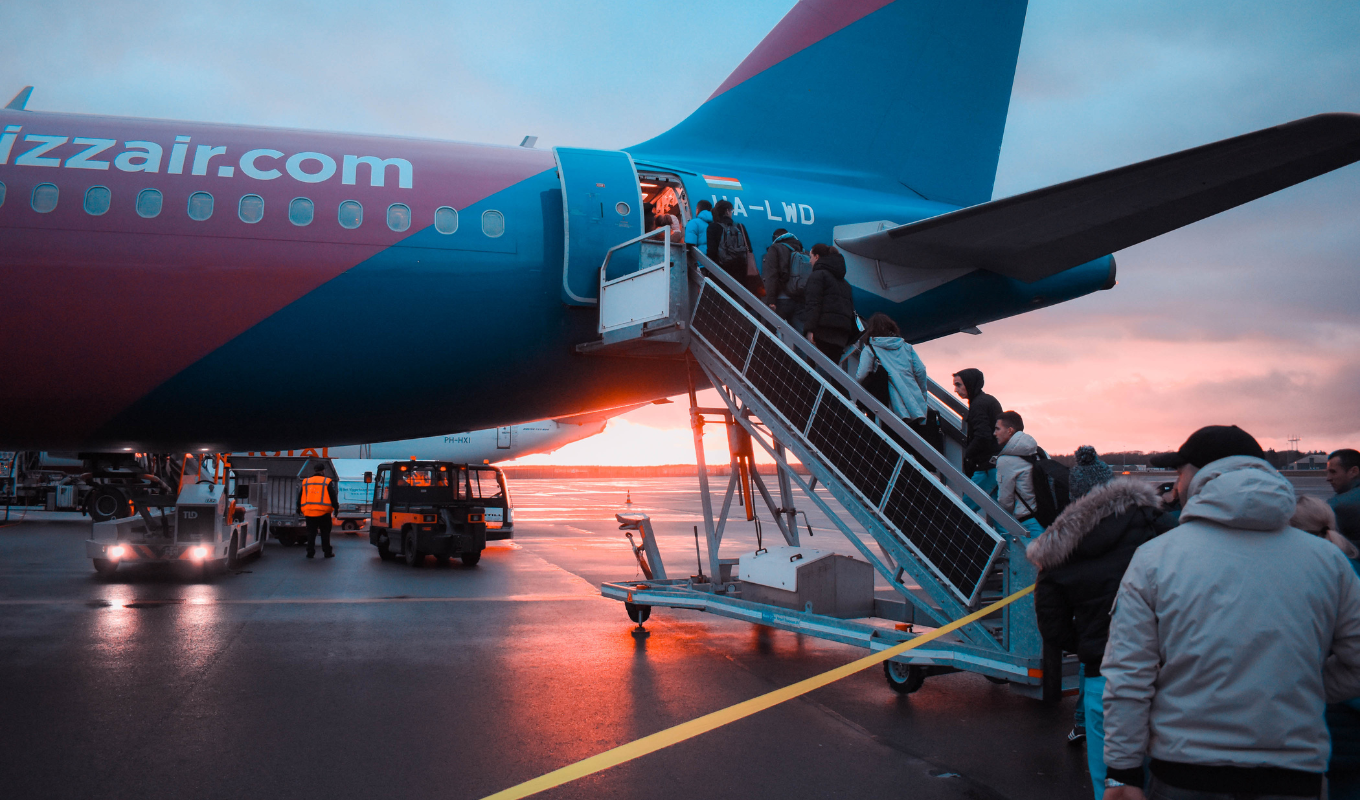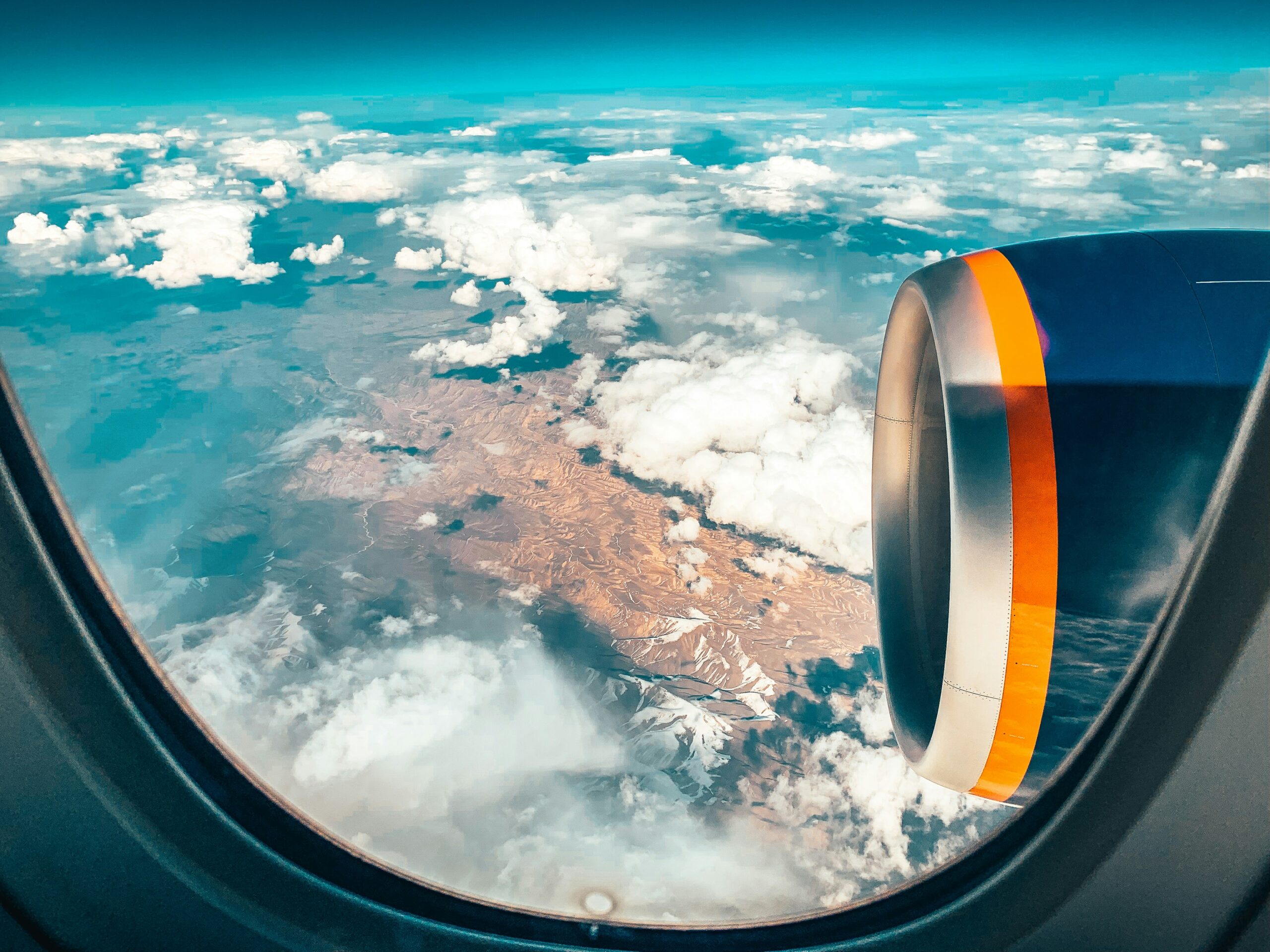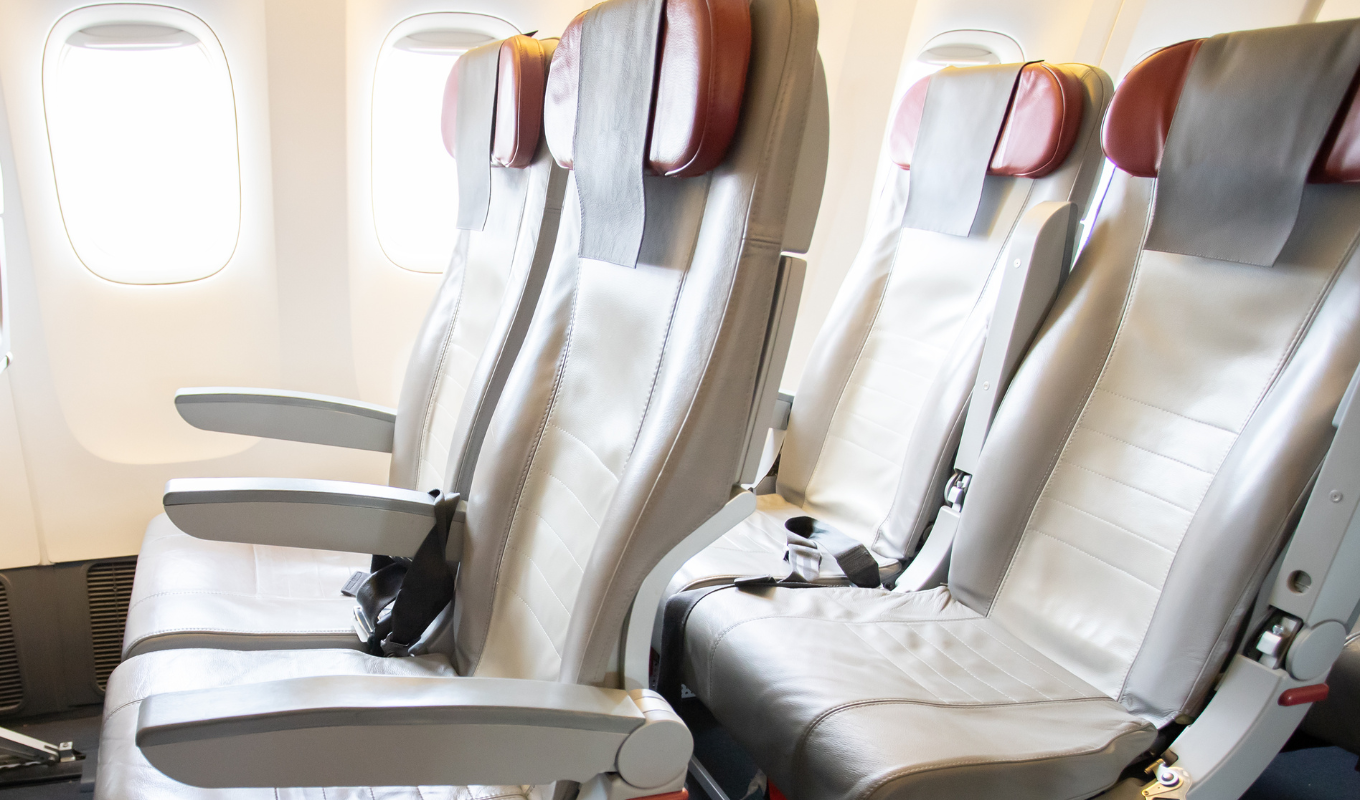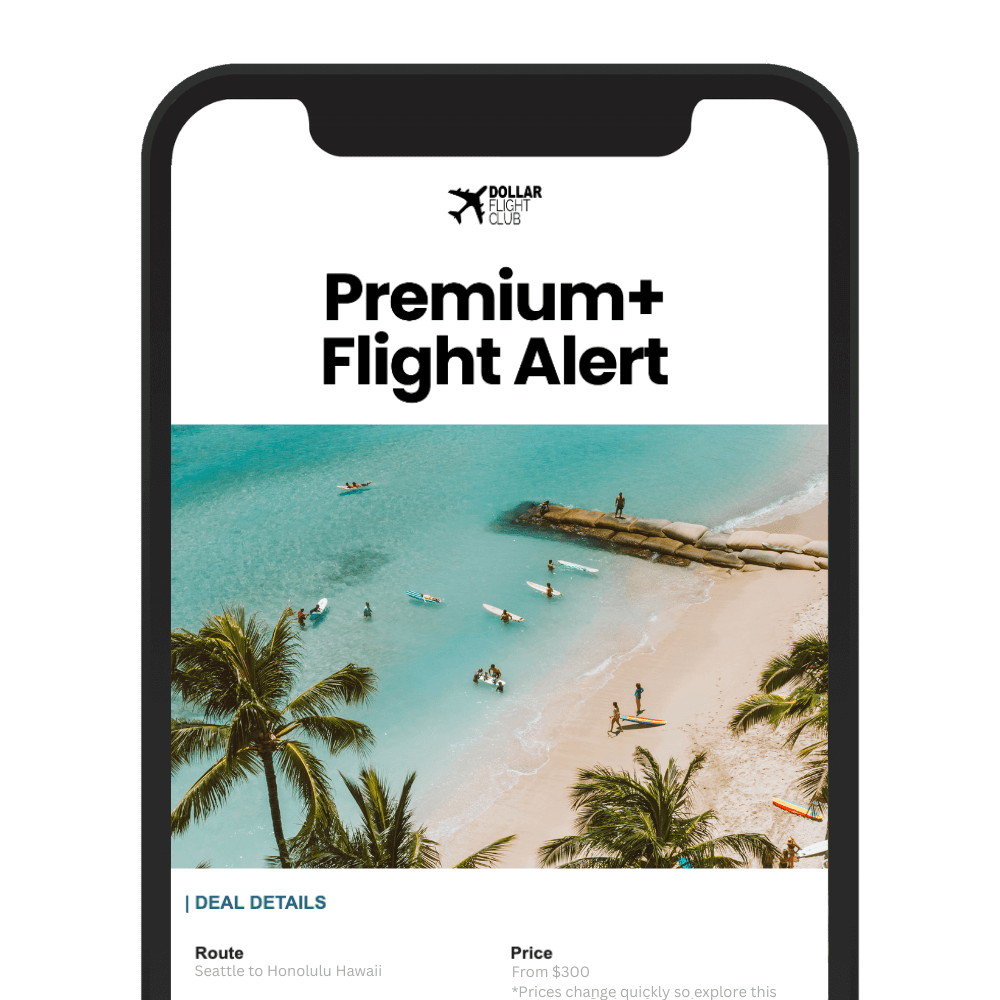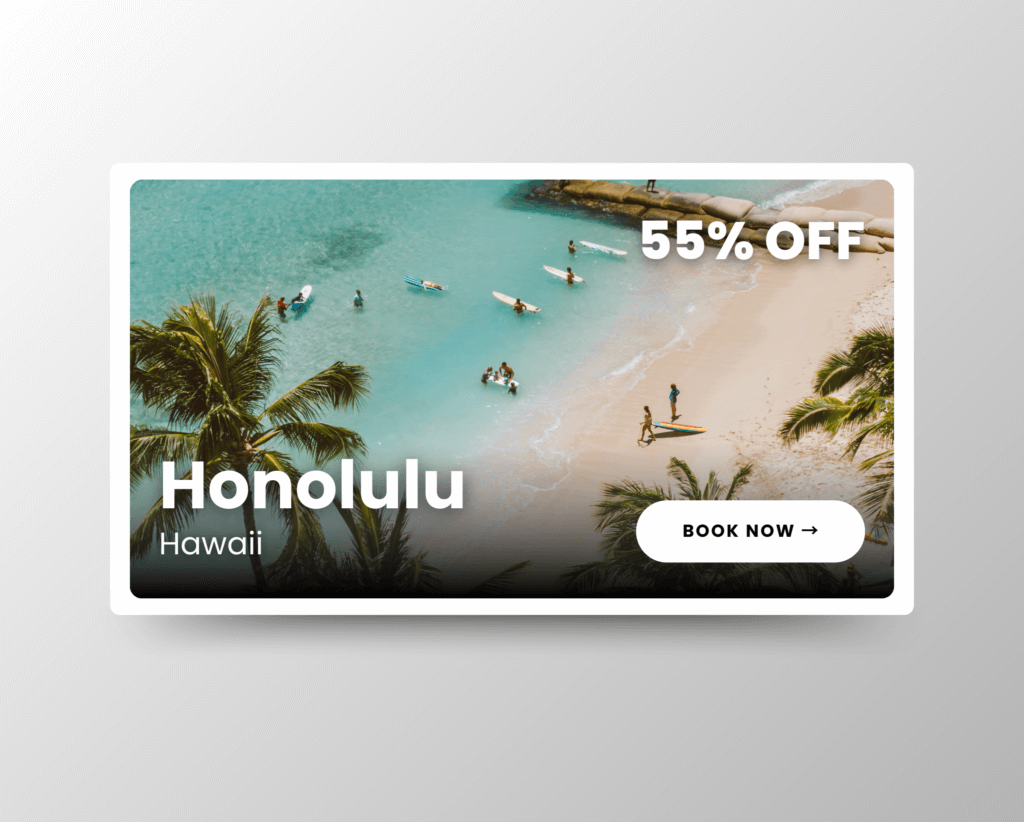Flying with budget airlines can seem cheaper at first, but hidden fees often make the total cost comparable – or even higher – than full-service carriers. Here’s what you need to know:
- Budget Airlines Pros: Lower base fares, great for light packers and short trips.
- Budget Airlines Cons: High fees for baggage, seat selection, and basic services like boarding passes or water.
- Full-Service Airlines Pros: More amenities included (baggage, snacks, seat selection), better for long-haul or family travel.
- Full-Service Airlines Cons: Higher upfront ticket prices.
Quick Comparison
| Feature | Budget Airlines | Full-Service Airlines |
|---|---|---|
| Base Fare | Lower initial prices | Higher upfront costs |
| Carry-On Bags | Up to $99 at the gate | Usually included |
| Checked Baggage | $50–100 per bag | $30–40 for the first bag |
| Seat Selection | $5–50 | Often included or $50–150 premium |
| In-Flight Amenities | Extra charge (e.g., $4 for water) | Complimentary snacks and drinks |
| Flight Changes | $35–99 | Some offer free changes |
Key Takeaway: Budget airlines are ideal for short, direct trips with minimal luggage. Full-service airlines offer better value for long trips, comfort, and families. Always calculate the total cost, including fees, before booking.
1. Budget Airline Costs
Flying with budget airlines might seem like a steal at first glance, but those low fares often come with a catch: hidden fees. For example, while United’s basic economy fare from Los Angeles to New York is $347, Spirit advertises the same route for $246. However, once you factor in additional fees, the savings can quickly disappear. Here’s a closer look at the typical costs you might encounter.
Base Fares and Hidden Fees
Budget carriers lure travelers with low base fares. For example, Avelo Airlines has promoted one-way tickets from Atlanta to New Haven for as little as $66. But the real costs start piling up when you add the extras.
Baggage Charges:
- Carry-on bags: As much as $99 at the gate (Spirit Airlines)
- Checked bags: $15–$48 for bags up to 45 lbs
- Overweight luggage: An additional $55
Seat Selection and Comfort:
- Standard seat selection: $3–$33
- Premium seat locations: $7–$33
- “Big Front Seat” upgrade (Spirit): $12–$150
Essential Services Fees
Services that are typically included with full-service airlines often come at a premium with budget carriers:
- Airport check-in: $55 per passenger
- Printing a boarding pass at the airport: Up to $60
- Name changes on a ticket: $115–$160
- Changing flights: Up to $99
Total Cost Analysis
Research shows that once all the fees are added, budget airline passengers can end up paying 40% more than they would with traditional carriers. For instance, a $100 base fare on Frontier Airlines can easily surpass a $159 ticket on Delta Air Lines after factoring in all the extras.
In-Flight Expenses
Even basic in-flight amenities come with a price tag:
- Water: $4
- Soft drinks: $3.25
- Hot meals: $7
- Beer (11 oz): $6.25
- Wine: Starting at $7
These extra charges are more than just an inconvenience – they’re big business. In 2022, ancillary services brought in about $103 billion for the airline industry, a massive increase from $40 billion in 2013. For airlines like Spirit, these fees account for roughly one-third of their profits.
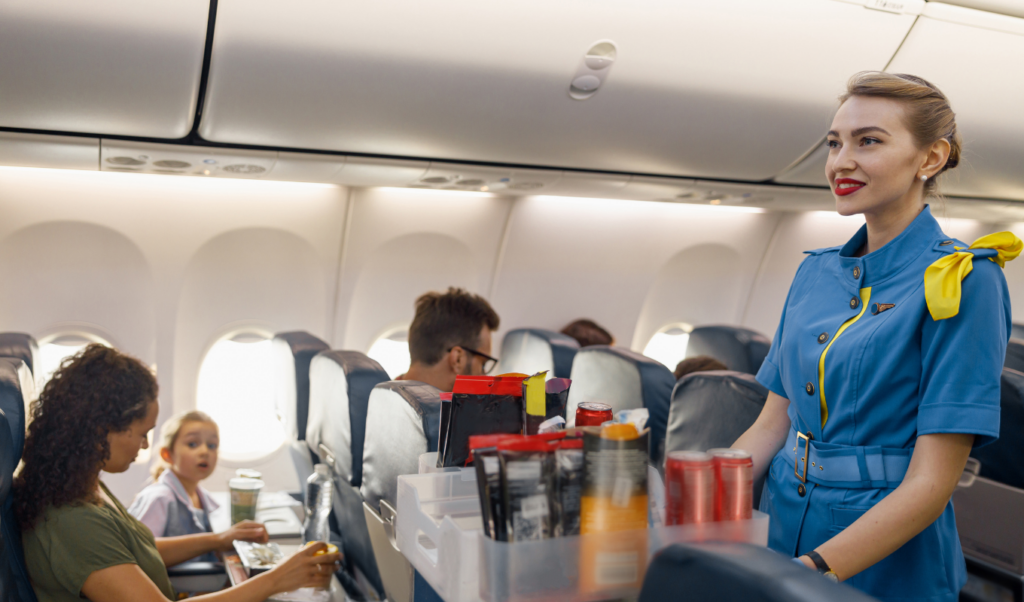
2. Full-Service Airline Costs
When you choose a full-service airline, you’re opting for an all-inclusive fare that bundles various amenities into the ticket price. Let’s break down what you’re actually paying for with these legacy carriers.
Base Fare Components
Full-service airlines typically include several perks in their standard ticket price, such as:
- Carry-on baggage
- In-flight entertainment
- Complimentary beverages and snacks
- Standard seat selection
- Customer service support
Ticket costs depend on factors like the route, time of booking, and class of service. For domestic flights, checked baggage fees usually range from $30 to $35 for the first bag.
Hidden Costs and Fees
While full-service airlines offer a more inclusive experience, they also come with additional fees. For example, in 2023, Delta’s hidden fees averaged 158% of its base fare. These charges, though less obvious, are part of the comprehensive service package offered by these carriers.
| Fee Type | Typical Cost Range |
|---|---|
| Overweight Baggage (50+ lbs) | $100 – $450 |
| Oversized Baggage | $100 – $300 |
| Main Cabin Seat Selection | $50 – $150 |
Operating Expenses Impact
Several key factors contribute to the pricing structure of full-service airlines. As of 2023, the breakdown of operational expenses looked like this:
- Labor: 31% of total costs
- Fuel: 22% of total costs
- Food and beverage: Less than 2%
These expenses explain the higher ticket prices, as they allow airlines to offer amenities that budget carriers often charge extra for. For instance, Hawaiian Airlines maintained an impressive 87–89% on-time flight record in 2022, reflecting their investment in reliable service.
Premium Services and Upgrades
Checked baggage fees for major carriers vary depending on the route:
- United Airlines: $35 for short-haul, $75 for long-haul flights
- American Airlines: $30 for short-haul, $75 for long-haul flights
- Alaska Airlines: Flat $30 rate
Cost-Saving Strategies
To make the most of your full-service airline ticket, consider these tips:
- Use airline-branded credit cards to waive baggage fees.
- Book tickets directly through the airline’s website.
- Skip optional seat selection if it’s not necessary.
Unlike budget airlines, where every amenity comes with an extra charge, full-service carriers offer bundled fares that can often deliver better overall value when approached strategically.
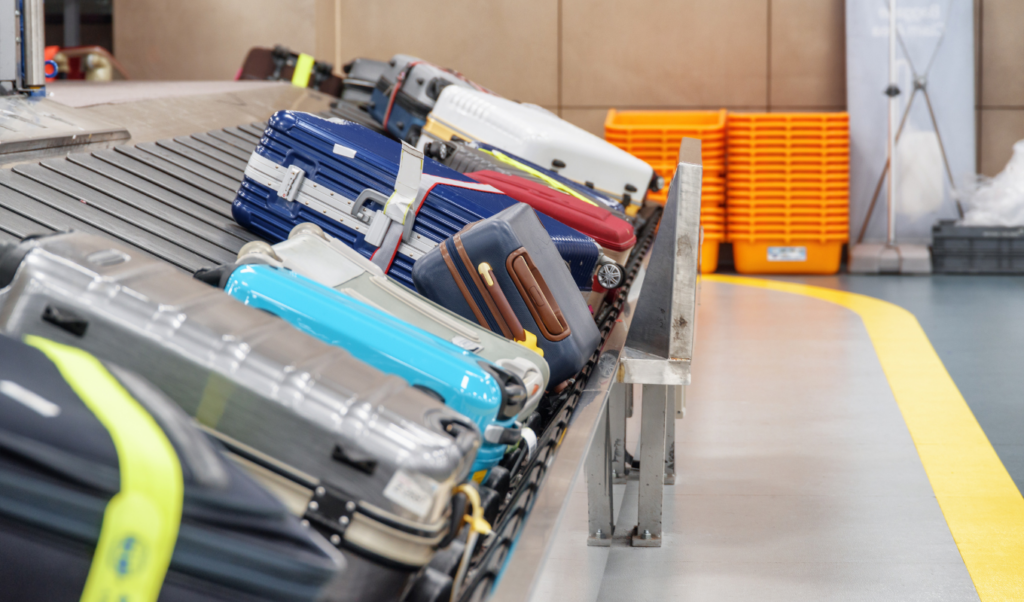
Benefits and Drawbacks
When deciding between budget and full-service airlines, it’s essential to weigh their advantages and limitations. These differences can significantly influence both the cost and overall travel experience.
Cost Structure Comparison
Here’s a breakdown of how costs differ between budget and full-service airlines:
| Feature | Budget Airlines | Full-Service Airlines |
|---|---|---|
| Base Fare | Lower initial prices | Higher upfront costs |
| Checked Baggage | $50–100 per bag | $35–40 for the first bag |
| Carry-on Bags | Up to $99 at the gate | Usually included |
| Seat Selection | $5–50 | Often included or $50–150 for premium seats |
| Flight Changes | $35–65 online | Some offer free changes |
| Airport Check-in | $30–55 fee | Usually included |
Service Quality Differences
The experience of flying with these two types of airlines can feel worlds apart. Full-service carriers prioritize comfort and convenience, offering amenities like complimentary meals, entertainment, and more spacious seating. Budget airlines, on the other hand, focus on keeping costs low by eliminating extras and streamlining operations.
Hidden Cost Considerations
One of the biggest pitfalls of budget airlines is the hidden fees. Charges for baggage, check-in, printing boarding passes, and priority boarding can quickly add up. In fact, the U.S. aviation industry earned over $3.3 billion from baggage fees alone. These additional costs can sometimes make a budget airline ticket more expensive than a full-service option.
For example, a budget airline fare of $100 might seem like a steal, but after adding fees for baggage, seat selection, and other services, it could easily surpass a $159 ticket on a full-service carrier like Delta.
Value Proposition Analysis
The real value of an airline ticket depends on your travel needs. Travelers with minimal baggage and flexible schedules might find budget airlines appealing. However, if you require multiple services or value comfort, a full-service airline could provide better overall value despite the higher upfront cost.
Practical Considerations
When choosing between budget and full-service airlines, keep these factors in mind:
- Route Flexibility: Full-service airlines generally offer more extensive networks and flexible rebooking options.
- Travel Duration: Budget airlines often operate fewer daily flights, which could affect your schedule.
- Baggage Needs: If you’re traveling with multiple bags, full-service airlines often provide better value.
- Comfort and Services: Complimentary meals, entertainment, and more comfortable seating may justify the higher base fare of a full-service carrier.
While domestic airfare prices have dropped by about 38% since 2000, this decrease has been offset by a sharp rise in ancillary fees. These factors make it even more important to carefully evaluate your options before booking.
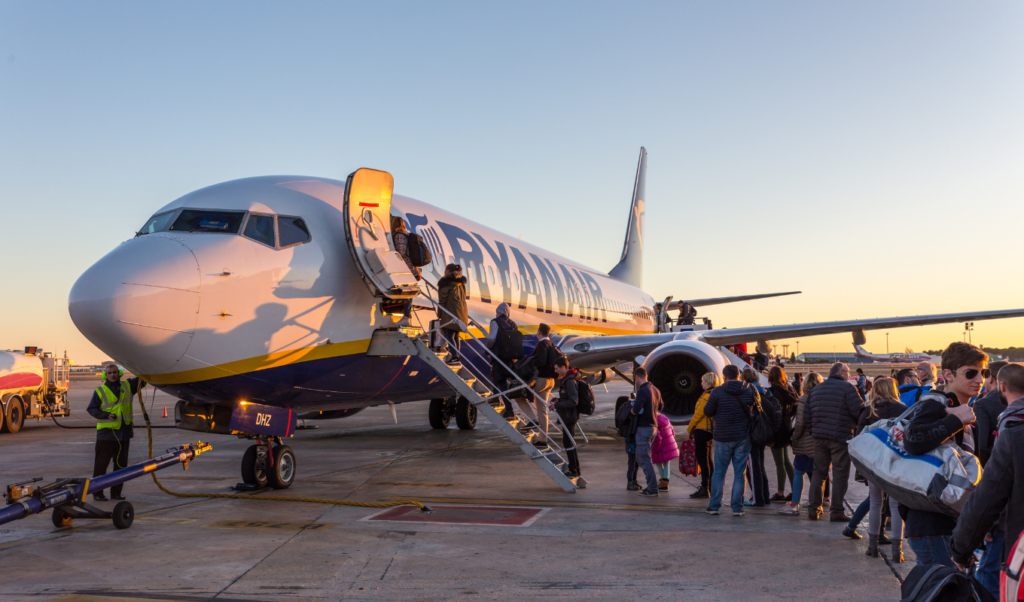
Final Analysis
Your choice between budget and full-service airlines boils down to your travel needs and the trade-offs you’re willing to make.
When Budget Airlines Make Sense
Budget airlines are a great option for short trips, solo travelers packing light, and those flying direct routes. They’re all about keeping costs low and offering no-frills travel.
When Full-Service Airlines Are Worth It
Full-service airlines shine when you’re taking long-haul flights, traveling with multiple checked bags, or need flexibility for business trips. Families also benefit from their bundled services, which can make the journey smoother.
The numbers back this up: in 2023, ancillary fees across the industry hit $117.9 billion. Budget airlines earned over 36% of their revenue from fees, compared to just 15% for American Airlines.
Finding the Best Deals
Knowing the differences between these airlines helps you zero in on the best deals. Always factor in the total cost, including fares and any additional fees. For travelers looking to save big, Dollar Flight Club is a handy tool, sending alerts for fares up to 90% off. Members reportedly save as much as $500 on domestic flights and up to $2,000 on international ones.
FAQs
How can I figure out the true cost of a budget airline ticket to make sure it’s a good deal?
To figure out the real cost of flying with a budget airline, you need to look beyond the base fare. Many budget carriers tack on extra charges for things like baggage, choosing your seat, and even printing a boarding pass at the airport. For instance, if you don’t prepay for carry-on luggage, the fee can climb as high as $99. These additional costs can quickly inflate the price of your ticket.
Another factor to consider is whether the airline uses secondary airports. These smaller, out-of-the-way airports might save the airline money, but they could end up costing you more in transportation to and from your destination. Always compare the total cost, including all fees, with the fares from full-service airlines. Sometimes, what looks like a cheaper option at first glance might not be the best deal once you factor in perks like free checked bags or in-flight amenities offered by full-service carriers. Be sure to read the fine print carefully before booking to avoid any unexpected expenses.
How can I avoid hidden fees when flying with budget airlines?
To steer clear of hidden fees when flying with budget airlines, the first step is to pack as light as possible. Many of these airlines charge extra for checked luggage and even carry-ons, so sticking to a small carry-on bag that fits their size and weight restrictions can save you a decent chunk of change.
Another way to save is by skipping optional extras like seat selection. Most budget carriers will assign you a seat for free when you check in. Unless you have a strong preference or specific needs, letting the airline handle this can keep some cash in your pocket.
Lastly, always read through the airline’s policies carefully before booking. Some charge for things you might not expect, like printing boarding passes at the airport or checking in at the counter. Knowing these details ahead of time lets you plan accordingly and dodge unnecessary expenses.
When does it make more sense to fly with a full-service airline instead of a budget airline?
Flying with a full-service airline can sometimes be the smarter financial choice, especially for longer journeys. These airlines often include perks like checked baggage, in-flight meals, and more spacious seating in the ticket price. With budget airlines, these extras usually come with added fees, which can quickly add up during an extended trip. The included amenities on full-service carriers can make a long flight much more comfortable and hassle-free.
Another advantage of full-service airlines is their flexibility. They tend to offer more lenient policies for ticket changes or cancellations, which can save both money and stress if your plans shift unexpectedly. While budget airlines might look cheaper at first glance, the hidden costs and rigid rules can sometimes make full-service carriers the better overall value.

